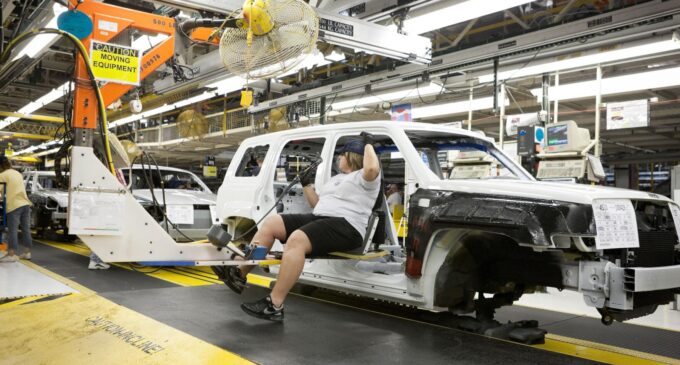EVs Central to Auto Strike

September 28
23:31
2023
Automotive executives and analysts characterize the evolution to EVs as the biggest technological transformation since Henry Ford introduced his moving assembly line in 1913.


